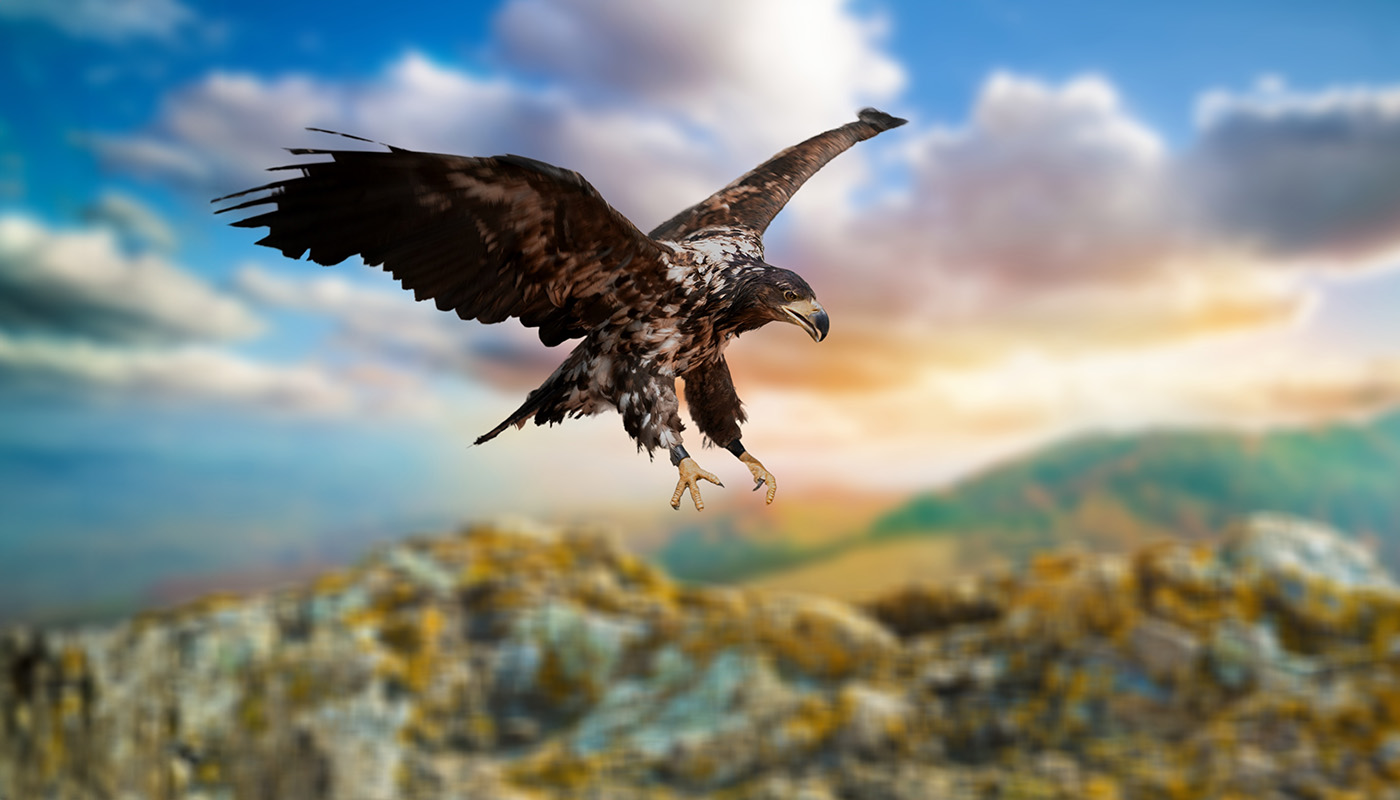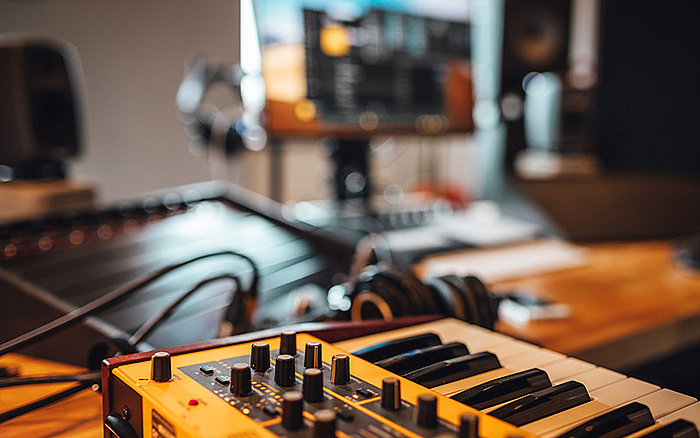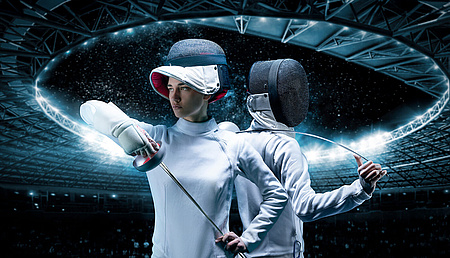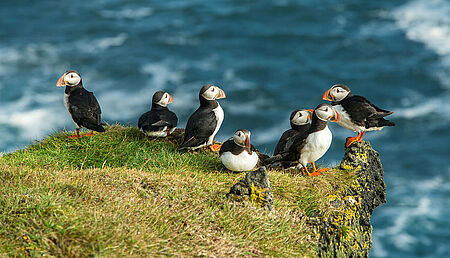
A long time in the making: patent, trademark and copyright news
Intellectual Property (IP) is more than a financial asset; it can serve as a historical record of innovation and business activity. Even litigation can reveal curious details about market dynamics or the way emerging technology upheaves the status quo.
This month's news roundup demonstrates the interplay between IP and time as we see how decades-long patent trends can inform new scientific approaches, why a trademark's longevity makes staying the course in disputes worthwhile and when copyrights embody the value of years spent honing an artistic craft.
Technology meets ecology: tracking the wildlife trade in patents
A research paper published this month in Nature Communications has shown how patent information can provide a novel source of empirical data on the commercial wildlife trade. Members of the Oxford Martin Programme on Wildlife Trade at the University of Oxford analyzed patent-filing trends for six taxa from 1970 to 2020. A machine-learning process was used to examine patents related to bears, caterpillar fungi, horseshoe crabs, pangolins, rhinoceroses and sturgeons, organisms that represent diverse product uses, threat levels and market legality.
Overall, the study found "27,308 patents, showing 130% per-year increases, compared to a background rate of 104%," while also noting that stricter controls "did not generally correlate with reduced patenting."
In selecting their shortlist, the researchers were able to capture information across a wide geographic range and include taxa whose marketed products hold little legitimate research value as well as those subject to extensive scientific interest. Hence:
- Bears: their bile is painfully extracted for traditional medicine
- Caterpillar fungi: used in traditional medicine, particularly as an aphrodisiac
- Horseshoe crabs: their bright blue blood is used to test vaccines for bacterial contamination
- Pangolins: considered the most trafficked mammal in the world, its meat is sold as a foodstuff, and its scales are valued in traditional medicine
- Rhinoceroses: despite being made of keratin, like pangolin scales and human fingernails, their horns are trafficked for traditional medicine
- Sturgeons: are farmed for their meat and eggs (caviar)

To deter poaching, wildlife managers at both private and national parks across southern Africa often resort to dehorning rhinoceroses. However, sedating the animals is not without risk, and the process must be repeated every 1.5 to 2 years as the horns regrow.
Locating where and by whom patents are filed can help identify problem markets or differentiate exploitative activities from justifiable uses or the search for synthetic alternatives. Examples of responsible innovation include producing artificial rhinoceros horn and synthesizing the recombinant Factor C protein as a substitute for horseshoe crab blood in biomedicine.
Another, less reassuring, observation was that "[i]n most cases, patenting rates continued to increase following regulatory events that banned or heavily restricted trade internationally, or in key trade countries." Strikingly, all 526 rhinoceros patents were filed after 1977, when exporting products derived from the animal was banned under the Convention on International Trade of Endangered Species of Wild Fauna and Flora (CITES). Of this total, 476 patents concerned products made with rhinoceros horn, as opposed to the development of man-made alternatives, with about 89% of those (426) originating in China after the country's 1993 domestic trade ban.
Nevertheless, the study concluded on a more positive note, reflecting that "[o]ngoing scans of patent data can provide information regarding emerging trends, such as where commercial interest in wild taxa is increasing, while also identifying novel product types so that their effect on wild population sustainability can be assessed ahead of time."
This new look at IP records not only contributes to wildlife protection efforts but also expands the research potential of patent data to trace and infer long-term forces acting on the natural, social and cultural worlds.
Slow and steady: closing trademark conflicts in India
Trademark disputes can be time-consuming but generally do not take as long as their patent counterparts. That being the case, two trademark conflicts in India came to a close in the last few weeks, each lasting more than a decade.
The younger of the legal battles was between the international fast food chain Burger King and a local restaurant of the same name in Pune city. Located in India's western Maharashtra state, Anahita and Shapoor Irani began using "Burger King" for their business in 1992, 22 years before the first branch of the U.S. franchise opened in New Delhi.
Despite this, the multinational sent a cease and desist letter to the Pune couple in June 2009, which received a "strongly worded" reply "denying its legal rights and defiantly insisting on using Burger King." Importantly, the U.S. company did not have any restaurants in India at that time.
In the end, the District Court for Pune rendered its judgment on July 16, 2024, in which it dismissed the Florida-based chain's suit as well as the defendants' counterclaim for damages and a regional injunction. Despite having its claims of passing off and trademark infringement thrown out after more than 13 years of litigation, the fast-food giant prevailed in another sense as the Iranis renamed their restaurant simply "Burger" while the case played out.

Sources differ on the fast-food brand's Florida beginnings. Some point to Insta-Burger King, founded in Jacksonville by Keith Kramer and Matthew Burns in 1953, while others cite James W. McLamore and David Edgerton's 1954 Miami restaurant as the original Burger King.
Meanwhile, on August 14, 2024, a 23-year trademark quarrel concluded before the High Court of Delhi. Crocodile logos were the basis of the suit between Lacoste, a luxury sports fashion brand from France, and Hong Kong sportswear company Crocodile International. Filed by Lacoste in 2001 for trademark and copyright infringement, the action was part of a wider regional tussle between the two companies in Asia.
Lacoste's claims of copyright infringement were dismissed because the "foundational idea of a crocodile, which can be expressed in a limited manner," resulted in the similar appearance of the artworks. At the same time, Lacoste failed to establish sufficient proof of its reputation in India to maintain a claim of passing off. However, on the trademark front, it was a different story.
Justice Sanjeev Narula ruled that the "visual and conceptual parallels between the marks support a strong case for trademark infringement, underscoring the importance of protecting the distinctiveness of the Lacoste trademarks. Under Section 29(1) of the Trade Marks Act, 1958, this degree of deceptive similarity can cause confusion and deceive the average consumer and thus violates the Plaintiffs' trademark right."
Although this litigation lasted longer than two 10-year trademark renewal cycles, it demonstrates the importance of pursuing a dispute to its conclusion since a violating party could be retroactively liable for profits made during the period of infringement.
Art vs. artificial: in search of AI copyright clarity
Since arriving on the consumer market, artificial intelligence (AI) systems have transformed our interactions with and expectations of digital technology, but this explosion in relevance has not gone off without collateral damage where the law is concerned. Copyright gray areas are proving the battleground between artists of all kinds and AI developers, with doubts surrounding infringement and permissibility as yet unresolved.
Early last year, a group of artists, including Sarah Anderson, Kelly McKernan and Karla Ortiz, filed a class-action lawsuit in the Northern District of California against Stability AI and others. The crux of their alleged grievance is the unauthorized and uncompensated use of artistic works to "train" the generative AI, Stable Diffusion.
On August 12, 2024, District Judge William H. Orrick rejected calls by the defendants to dismiss claims made under the Copyright Act and the Lanham Act (for the artists' trademarks and trade dresses) but waved away a number of other claims relating to the Digital Millennium Copyright Act (DMCA), unjust enrichment and breaches of contract and of the implied covenant of good faith and fair dealing.

Practitioners in the visual, literary and musical arts have all initiated court actions against various AI companies over the training of generative systems. Although recent legislative moves have sought to increase transparency regarding what IP is used, how it is used remains legally hazy.
This means that some of the most pressing IP questions surrounding the technology are still to be addressed at summary judgment. Among these is the validity of two rationales arguing direct copyright infringement by AI companies: the "Model Theory" and the "Distribution Theory." Under the Model Theory, Stable Diffusion (or a similar system) as a "product itself – after it was trained – is 'an infringing Statutory Copy' of plaintiffs' works or a 'Statutory Derivative Work' because it represents a transformation of plaintiffs' works." Meanwhile, the second theory contends that providing an AI trained on works carrying exclusive distribution rights is equivalent to dispersing those protected works.
Adding to the catalog of litigation on the subject, another class-action suit was filed in California on August 19, 2024. In this latest case, Andrea Bartz, Charles Graeber and Kirk Wallace Johnson, each an author and journalist, accuse AI developer Anthropic of pirating "hundreds of thousands of copyrighted books" to train its Claude large language models (chatbots).
The writers claim that Anthropic "did what any teenager could tell you is illegal. It intentionally downloaded known pirated copies of books from the internet, made unlicensed copies of them, and then used those unlicensed copies to digest and analyze the copyrighted expression – all for its own commercial gain."
A linguistic theme of many of these court filings is the prevalence of consumptive imagery: that of eating, absorbing and spitting out. This speaks as much of the disdain held for the output of generative AIs as for the training practices that create them, at least insofar as that media is employed as a substitute for human creativity.
These lawsuits' final courses are not going to be served for quite some time; whether they will turn out to be just deserts or just desserts will be a matter of taste.
Filed in

Explore the latest IP dramas, from an Olympic trademark dispute to challenges in drug patenting and a lawsuit for allowing music piracy.

Japanese video game companies clash over patents, Google comes under fire for trademark infringement and a German court sets AI copyright precedent.



